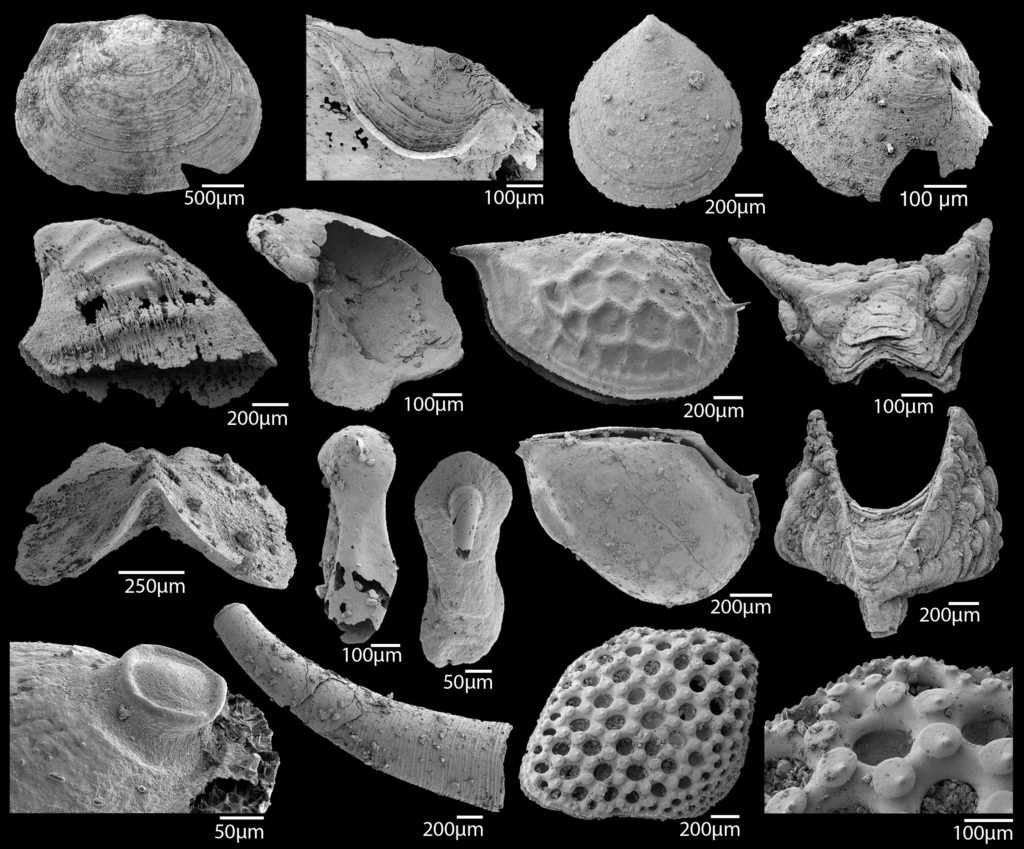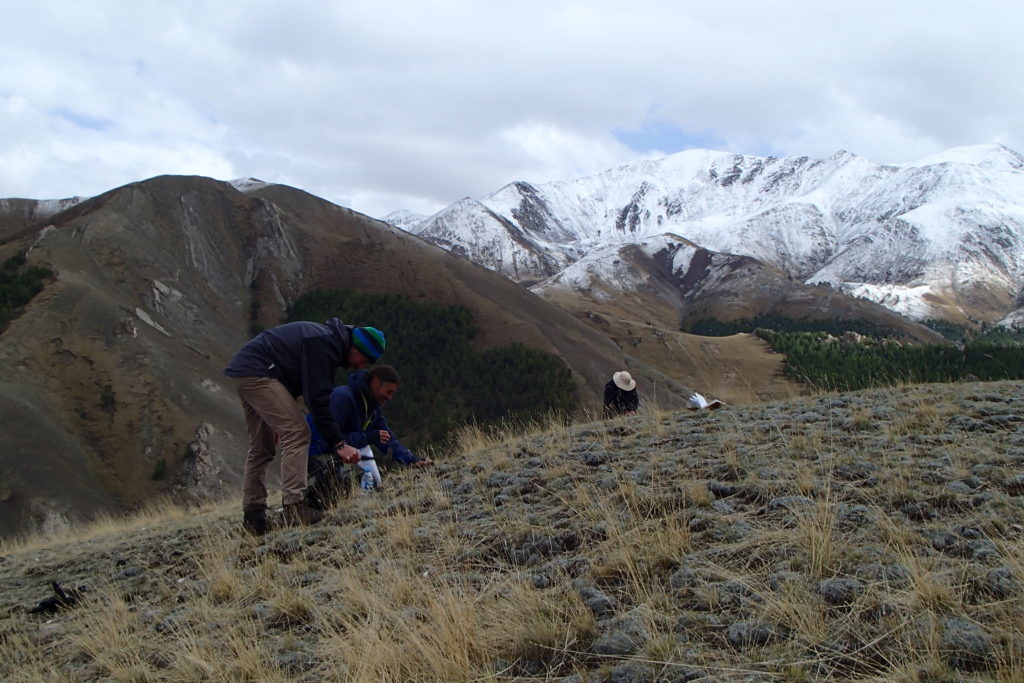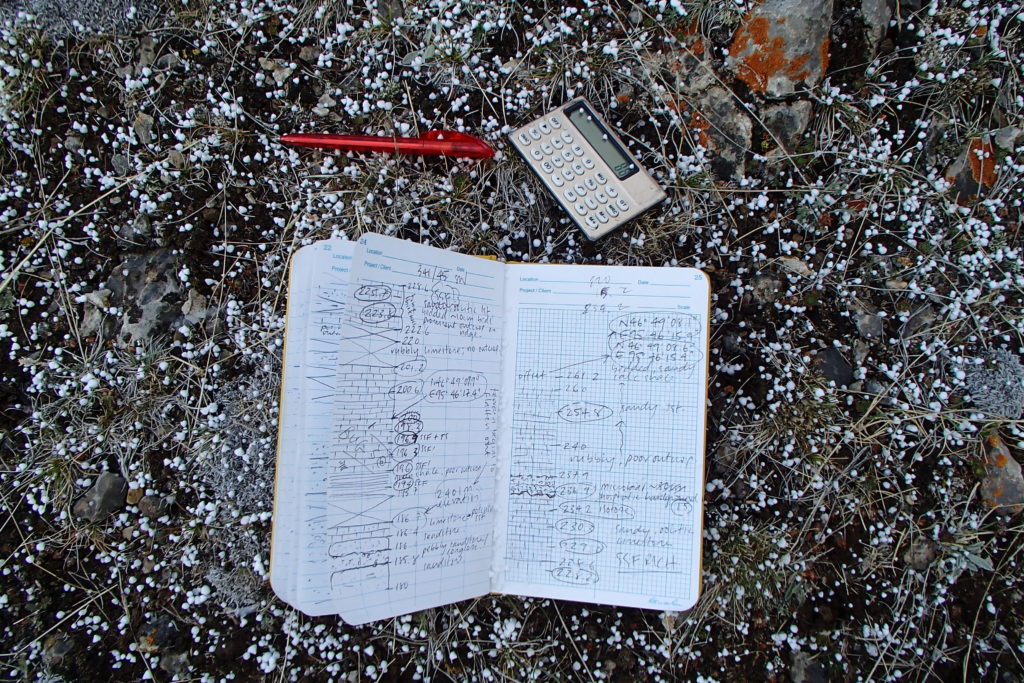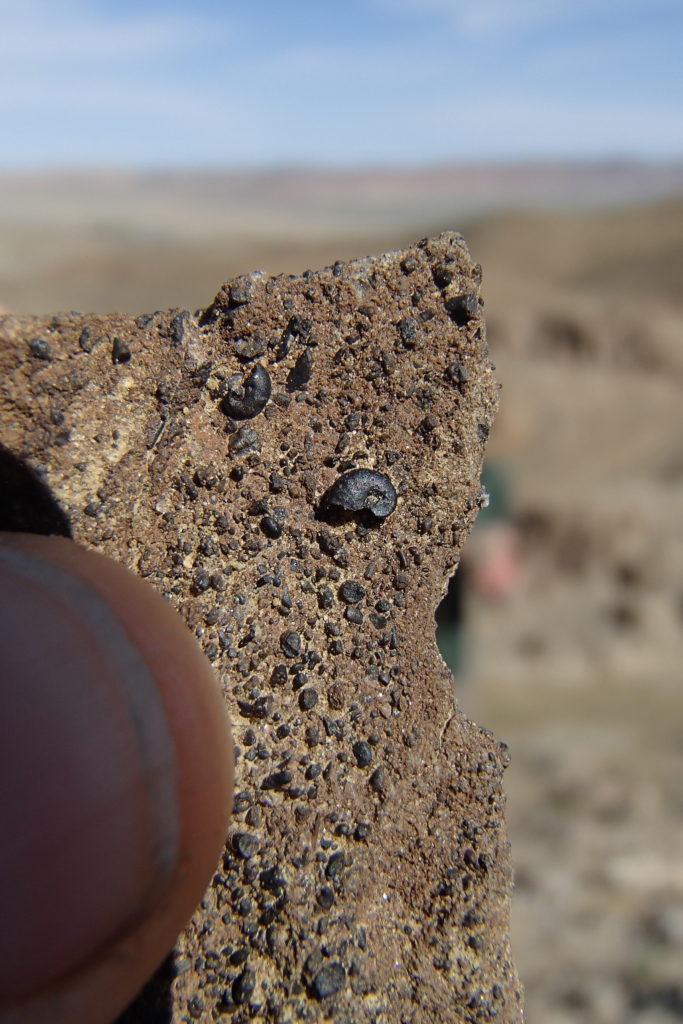Marissa Betts is a post-doctoral scholar focused on understanding the evolution of early-Cambrian fauna around the world. Marissa splits her time between the University of New England in Queensland, Australia and Northwest University in Xi’an, China. You can follow Marissa’s adventures on Instagram @200micron.
Click here for the Chinese translation.
The Flinders Ranges in outback South Australia, and the Qinling Mountains in the southern Shaanxi Province in central China. From the landscape and climate to the culture and language, it’s difficult to imagine two more different places. But they have a lot more in common than you might think. Especially if we were to wind back the tape of natural history over 500 million years. A very long time ago, this part of China and South Australia were close neighbors, but over subsequent eons, the slow, inevitable chug of the tectonic conveyer belt has driven them far apart.
During the early Cambrian (~538 – 514 million years ago), South Australia was part of a larger landmass called Gondwana, which was positioned in warm tropical latitudes around the equator. During this time, most of the major groups of animals appeared in a geologic instant. Often referred to as the Cambrian Explosion, this bioevent was the most significant animal diversification ever to have occurred, and completely revolutionised life on Earth. Many of the animals that appeared at this time bore the first complex biomineralised skeletons; an assortment of very small (usually millimetric) shells, spines, cones, caps and plates that are often found by the thousands in rocks of this age. These tiny fossils are telling us big stories about how early animals evolved and can be used to constrain the palaeogeographic relationships between ancient landmasses.
During my PhD, I worked on the diverse, abundant and sometimes wonderfully weird early Cambrian shelly microfossils from the Flinders Ranges in South Australia; looking at their palaeobiology and applying them as biostratigraphic tools for dating and correlation. My current postdoctoral research at the University of New England (UNE) in Armidale, is incorporating a different suite of very delicate early Cambrian microfossils called small carbonaceous fossils (SCFs). SCFs are particularly important because they are composed of original, unmineralised cuticle. This is exceedingly rare in the fossil record, which is dominated by mineralised hard parts. I am in the process of coalescing and processing material for SCFs and shelly fossils collected during recent fieldwork targeting lower Cambrian rocks in the Flinders Ranges, Canada, western Mongolia and China.

Measuring a stratigraphic section in the Flinders Ranges, South Australia. Photo credit to Sarah Jacquet.
I like to take a “multi-pronged” approach to my research. It is the integration of fossil occurrences with other types of data (e.g. lithologic and geochemical) that enable us to really get an idea of the big picture when it comes to the palaeobiology and ecology of the earliest animal ecosystems. Data that I am generating are also fundamental for interpreting the relative position of continents during the early Cambrian, giving us a more complete understanding of the world during a critical time in animal evolution.
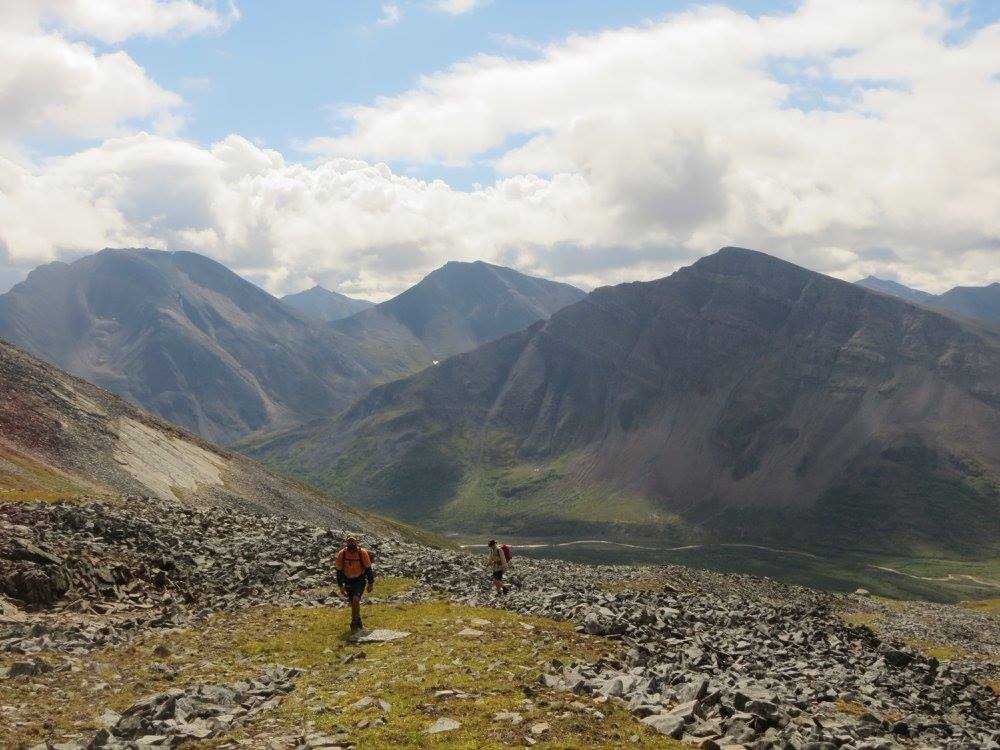
Fieldwork in the Mackenzie Mountains, Northwest Territories, Canada. Photo credit to Kelly Dilliard.
China is made up of a number of tectonic fragments of various ages that have floated around the globe, eventually colliding together into their current configuration. In the early Cambrian, many of the animals living in the shallow seas surrounding the continents were endemic (or native) to their respective regions, and only a few managed to disperse themselves effectively around the globe. Shelly fossil assemblages from South Australia and South China (a discrete tectonic chunk of China) have been known for some time to bear close similarities, but with important differences which tell us that we used to be close, but not too close.
However, brand new data from North China (present day north-east China) are telling a different story. Recent work by Chinese (Nanjing Institute of Geology and Paleontology, Chinese Academy of Sciences) and Australian (Macquarie University, Sydney) colleagues has revealed shelly fossil species in North China that were previously known only from lower Cambrian rocks in South Australia. These findings are very exciting and are leading to a revised understanding of the cryptic relationship between these two ancient landmasses. While working at UNE, I collaborate closely with colleagues from Northwest University in Xi’an, Shaanxi Province, China. Our current work aims to target shelly fauna, in addition to small carbonaceous fossils from both Australia and China to further elucidate the evolutionary, ecologic and tectonic relationships between these terranes.Working in the early Cambrian is exciting because we are dealing with nascent ecosystems composed of organisms at the very roots of their evolutionary trees. These fossils are incredibly important because they are helping us answer big questions about what the Earth was like deep in the past, at a pivotal point in animal evolution. Each piece of the early Cambrian puzzle is critical, and it seems like pieces from South Australia and China are fitting together very nicely indeed.

Packing up Chengjiang fossils at the quarry in Erjie, Yunnan, South China. Photo credit to Chen Feiyang.
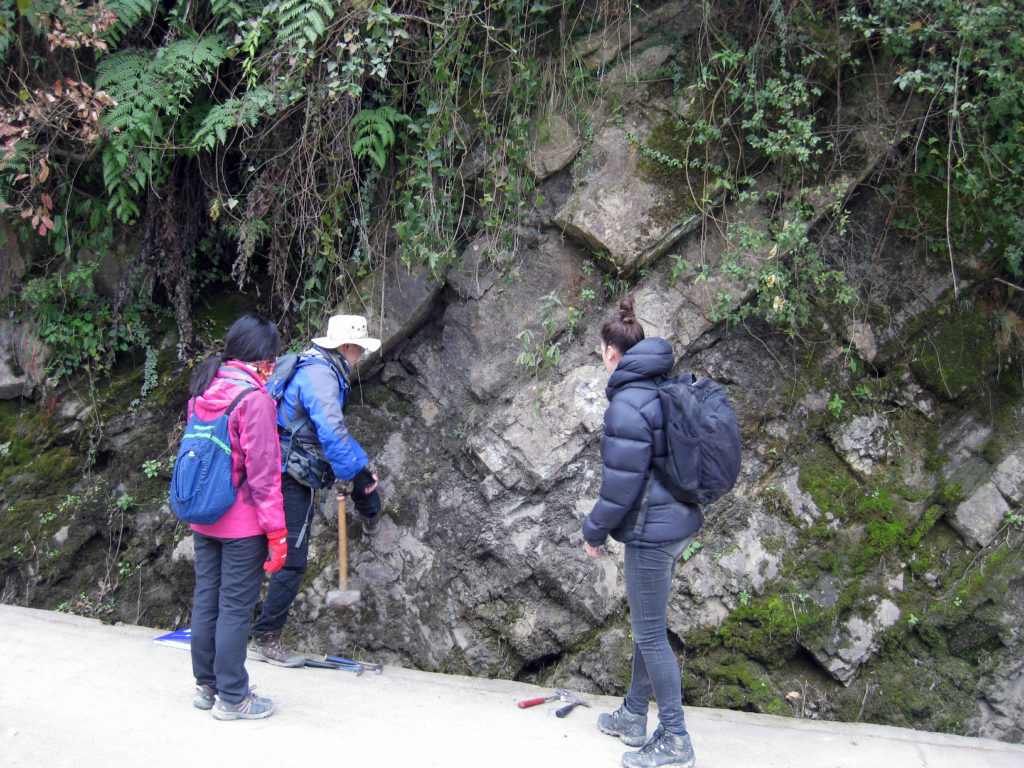
Sampling some lower Cambrian in Zhenba County, Shaanxi Provence, South China. Photo credit to Chen Yanlong.
![]() This work is licensed under a Creative Commons Attribution-NonCommercial-ShareAlike 4.0 International License.
This work is licensed under a Creative Commons Attribution-NonCommercial-ShareAlike 4.0 International License.

